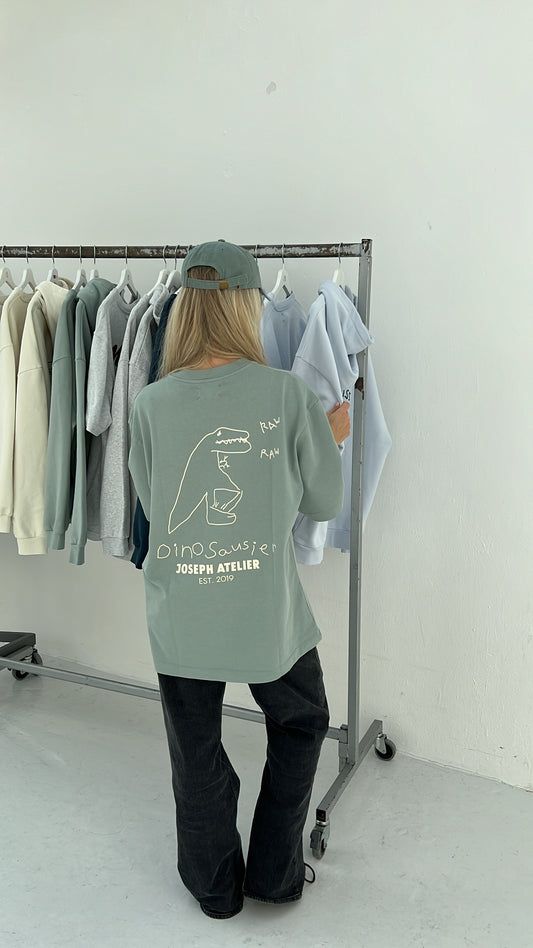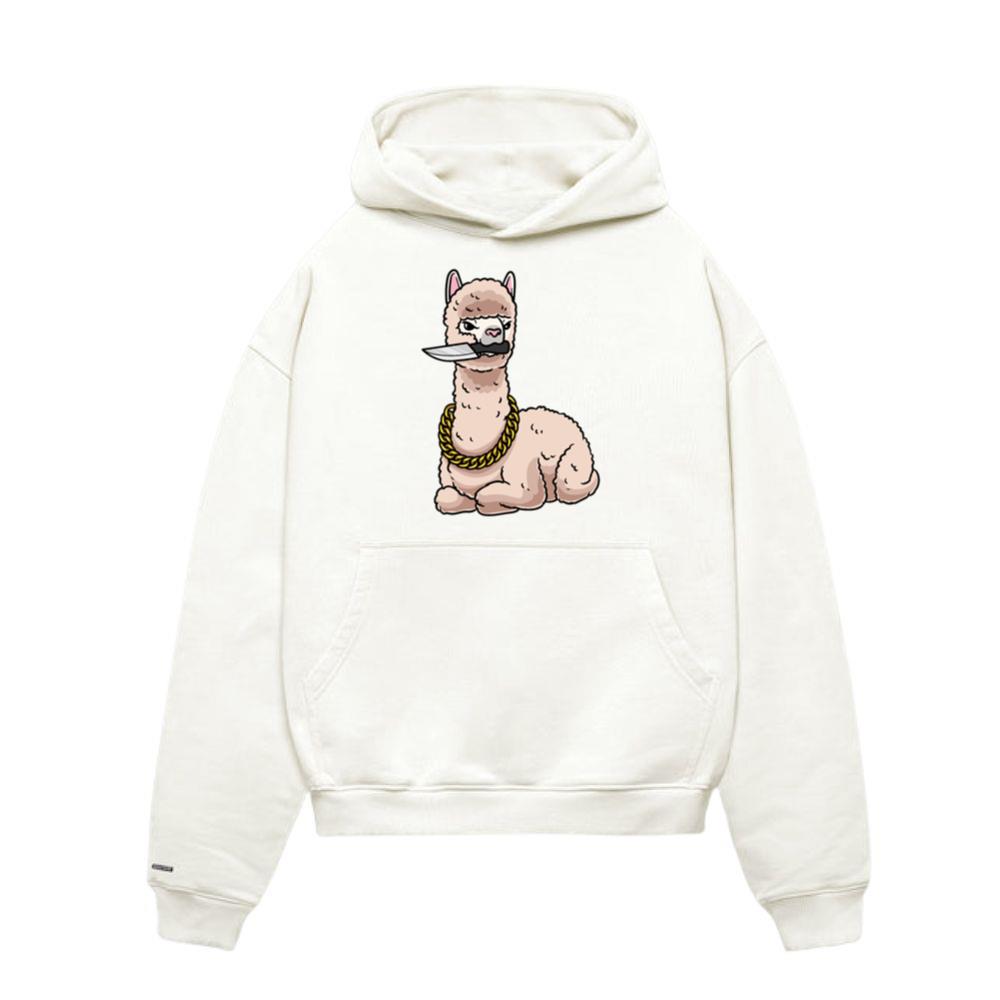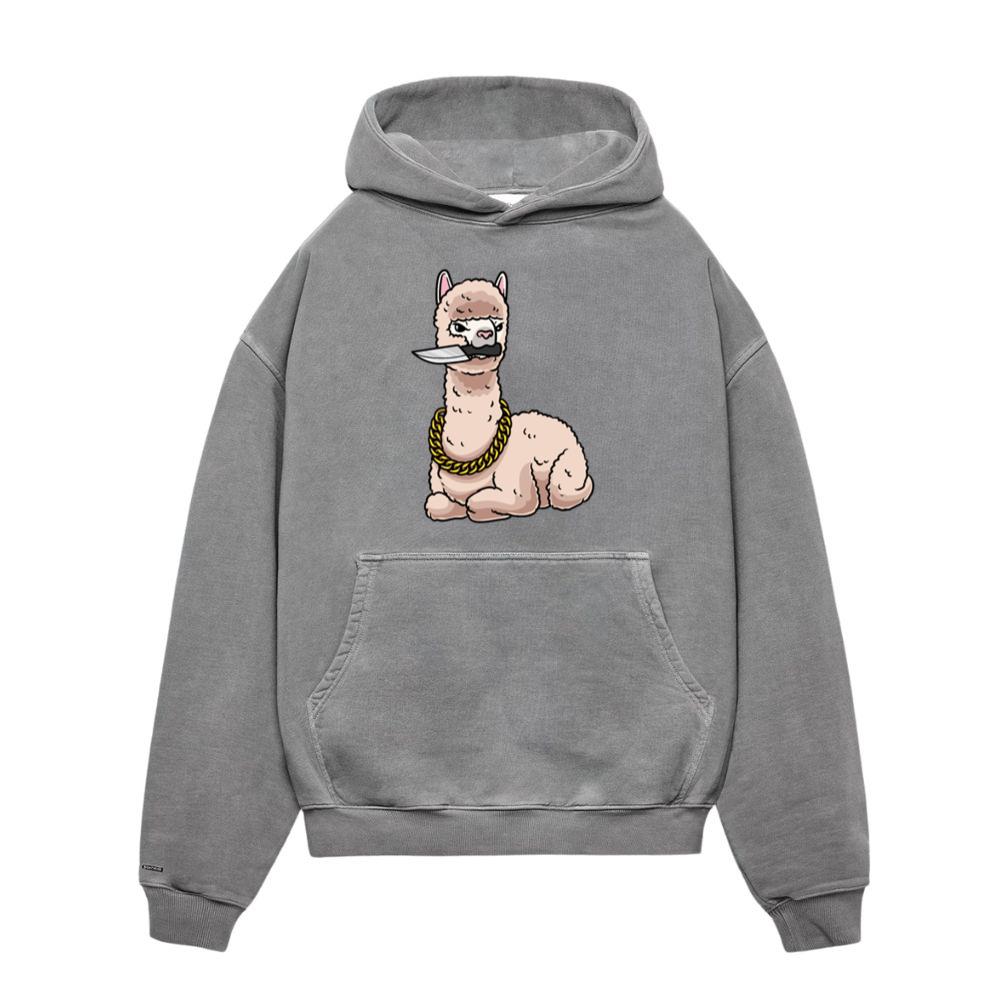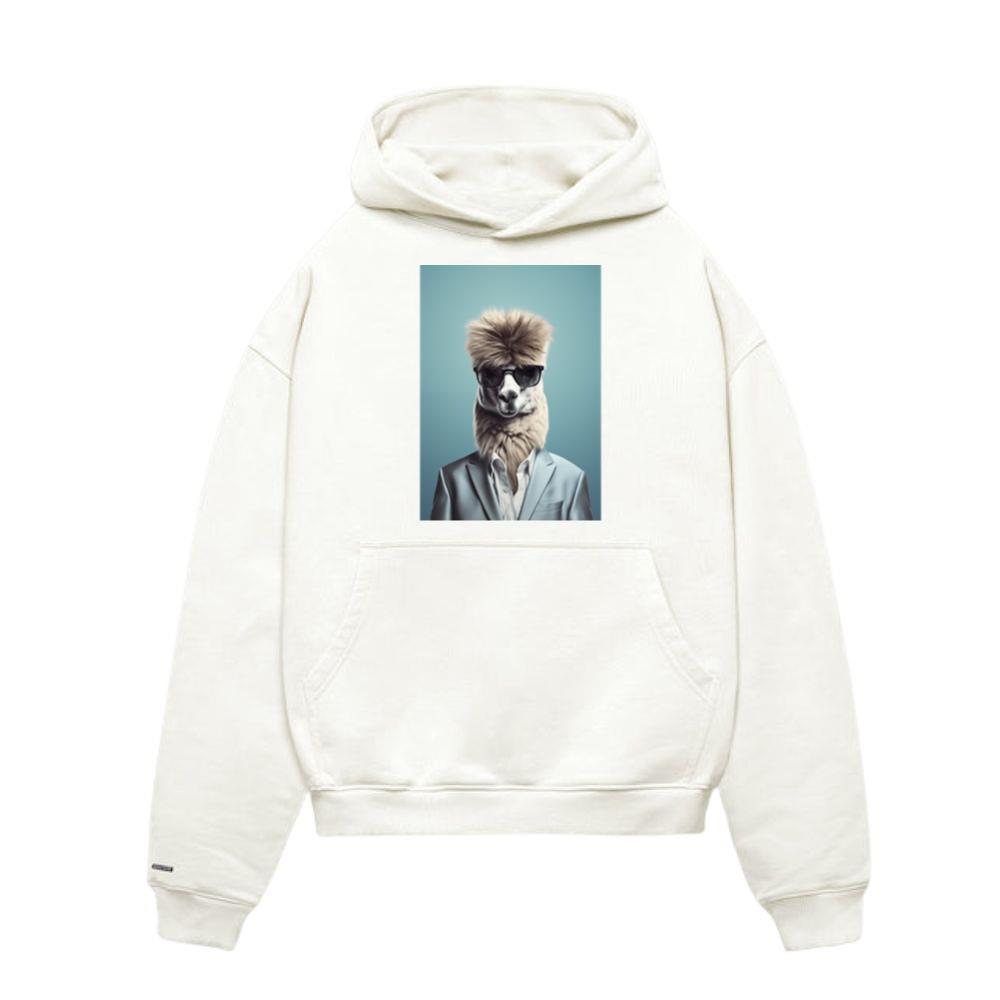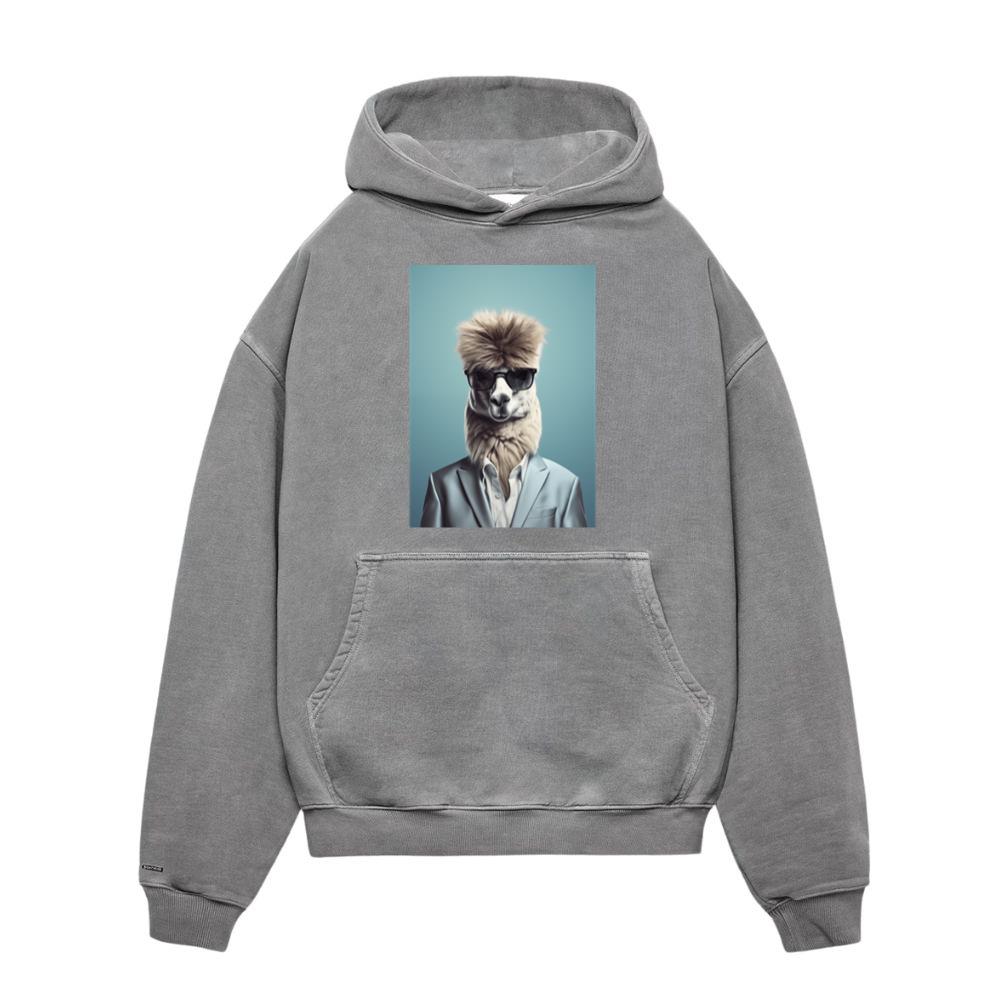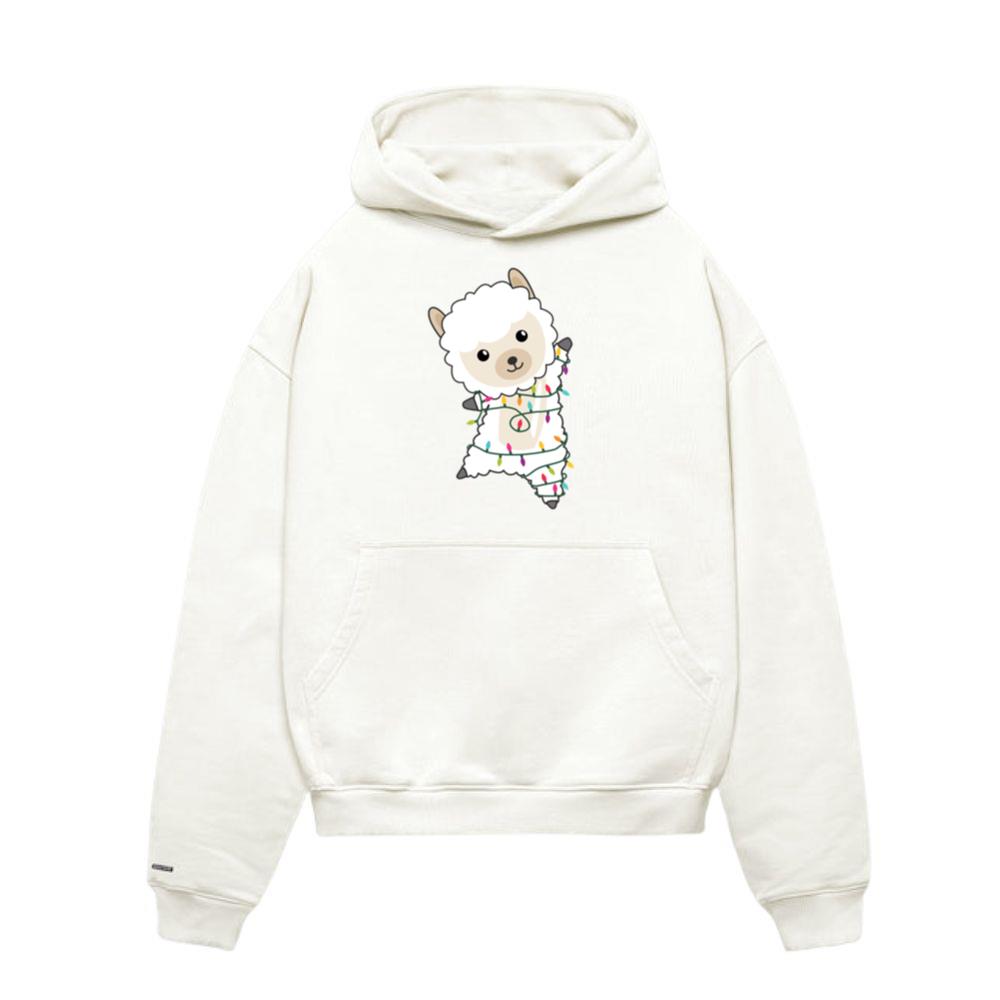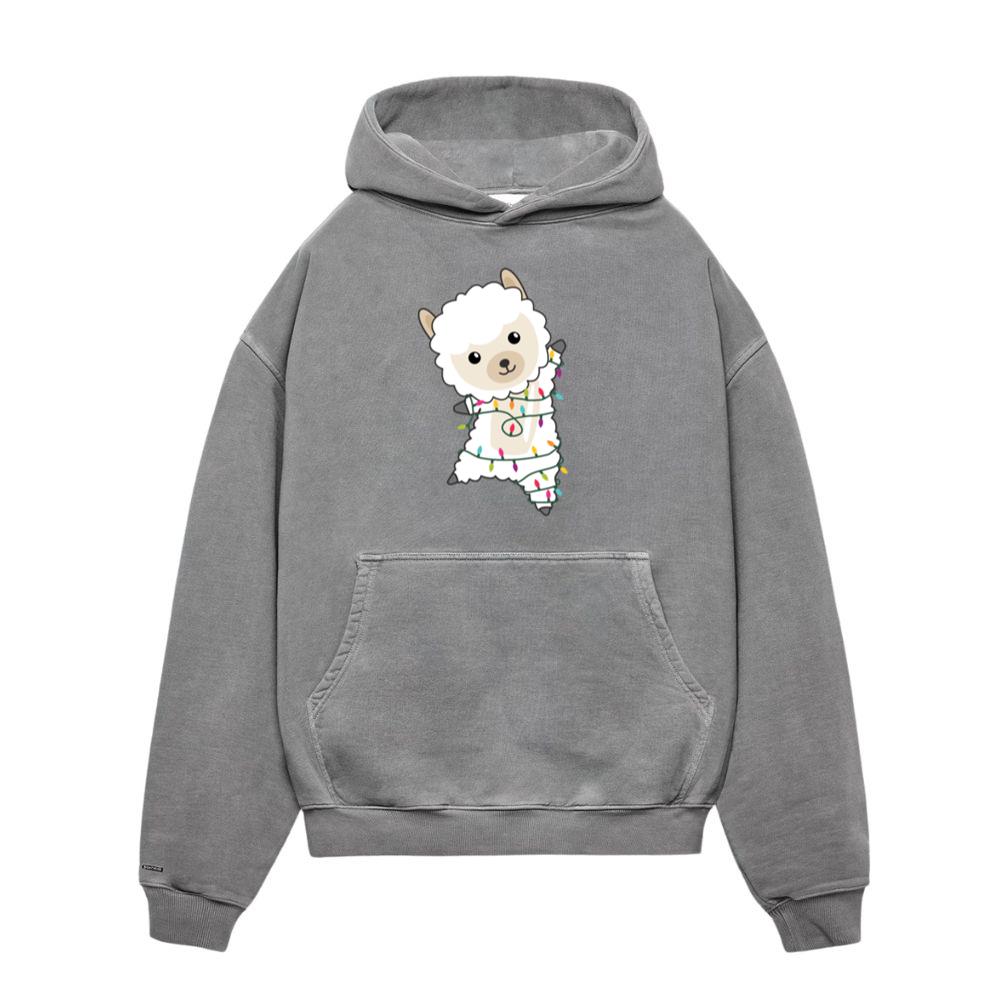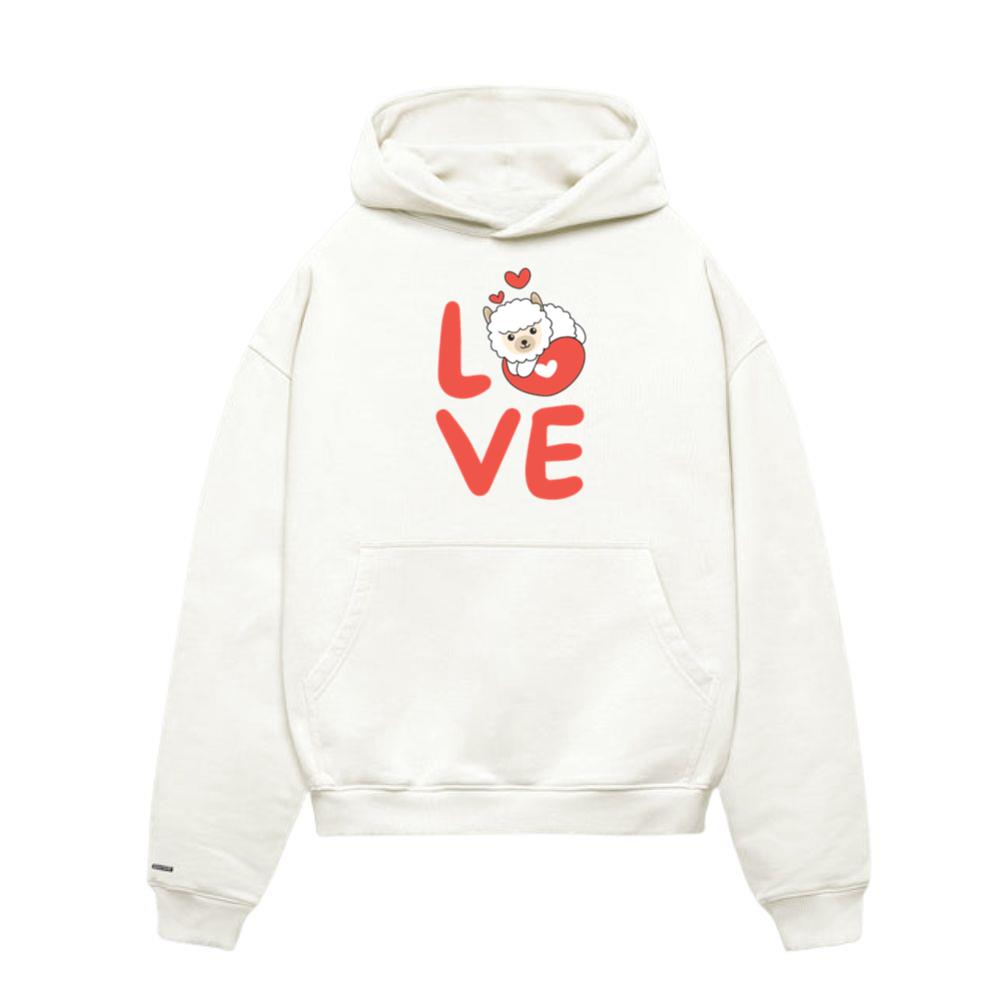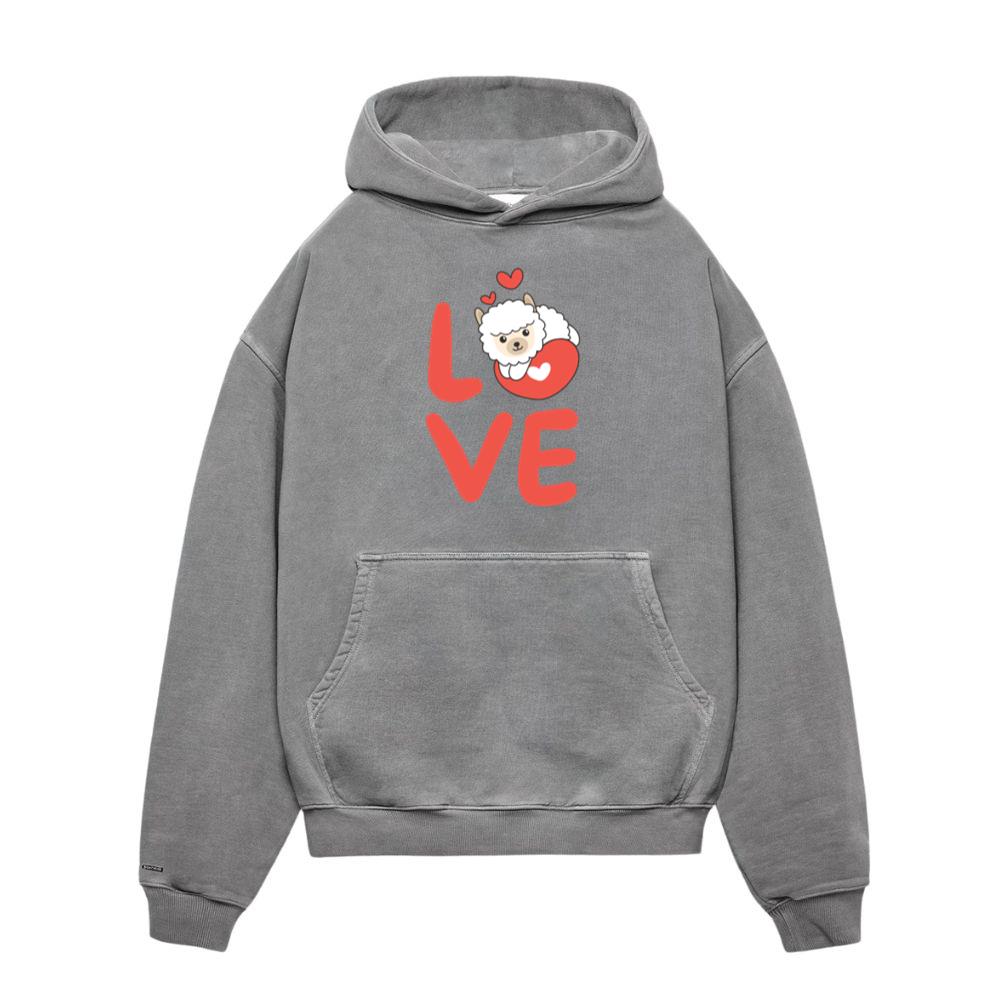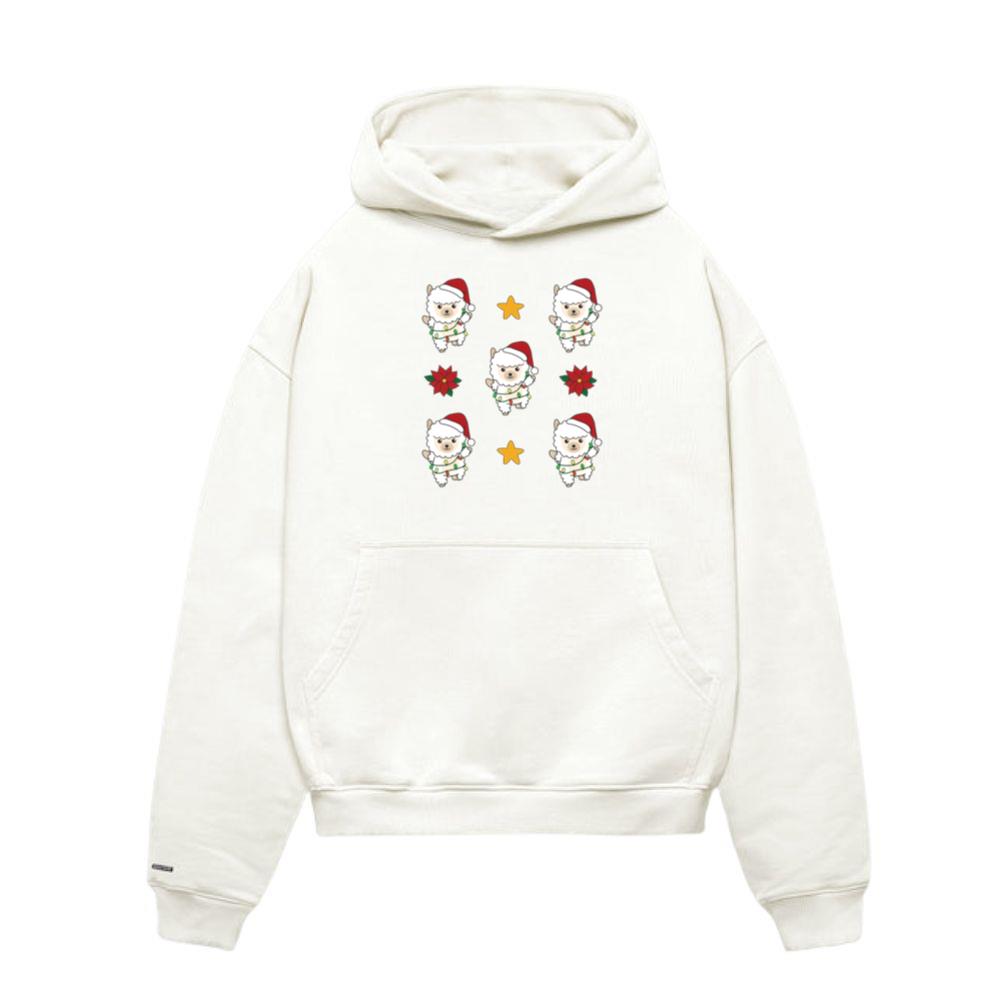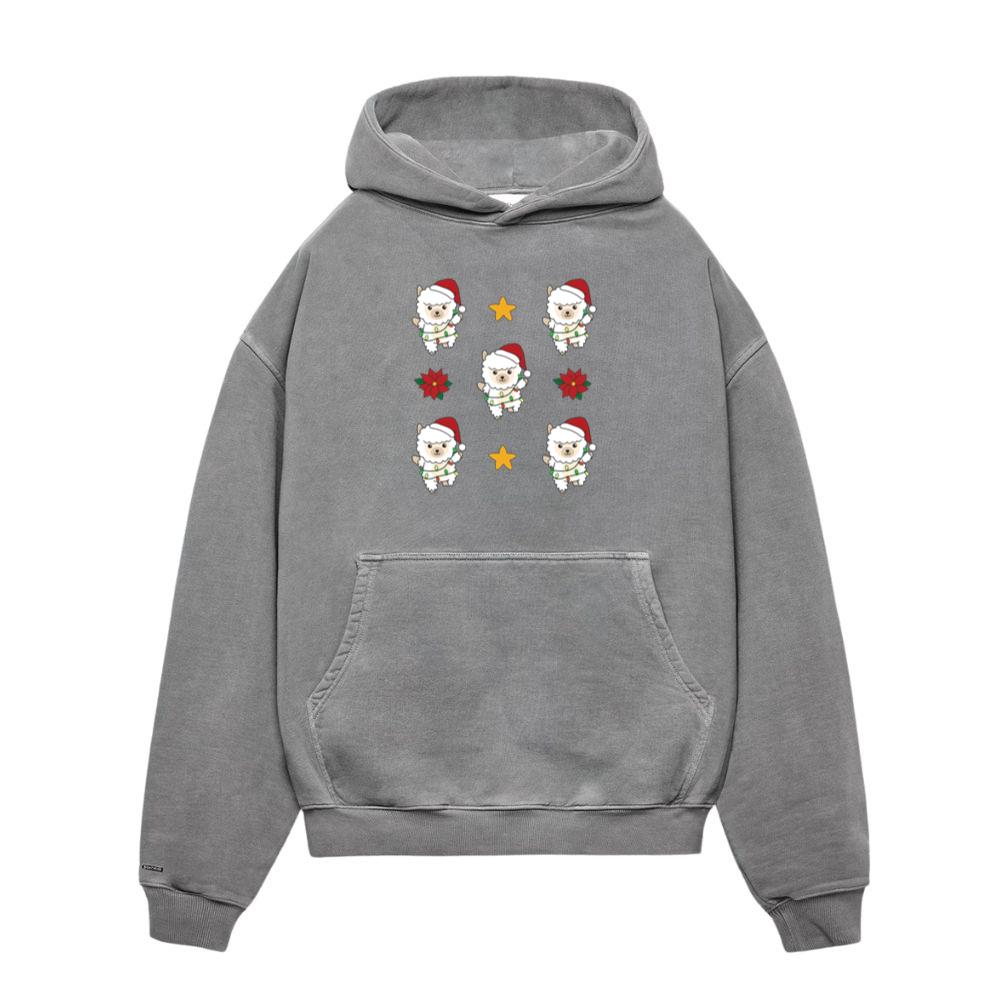Introduction
The fashion world has always been a reflection of culture, identity, and progress. As we step into 2025, one of the most defining shifts in clothing is the growing embrace of gender-neutral style. This is no longer a niche concept limited to underground movements or small independent brands—it has become a mainstream conversation shaping global fashion houses, streetwear labels, and retail giants. Gender-neutral clothing speaks to inclusivity, authenticity, and the freedom to express oneself without the limitations of traditional gender norms. For consumers, it’s not just about what they wear, but what their clothing communicates about individuality and belonging.
The demand for inclusive clothing stems from cultural change and a new understanding of identity. Younger generations, particularly Gen Z and Gen Alpha, are actively challenging outdated structures in both fashion and society. They want clothes that celebrate diversity, fluidity, and comfort, not just garments boxed into rigid categories. Brands that once separated men’s and women’s collections are now introducing unified lines, ensuring that everyone can find pieces that resonate with their style. This growing movement is not only shaping the aesthetics of 2025 but also setting the tone for the future of fashion as a more equitable, boundary-breaking space.
The Evolution of Gender-Neutral Fashion
The journey toward inclusive clothing has been decades in the making. In the 20th century, gender-neutral pieces appeared in subtle forms—women adopting trousers during the early 1900s, or unisex T-shirts emerging as everyday staples in the late 20th century. By the 1990s, oversized hoodies, denim jackets, and sneakers became wardrobe essentials that blurred gender boundaries. However, these were often positioned as convenience rather than as a deliberate movement toward inclusivity.
By the 2020s, cultural shifts—fueled by social justice movements, pop culture icons, and a heightened awareness of gender identity—reshaped the way people approached style. Fashion began to mirror these values, with brands designing entire collections around the idea of fluidity. What once seemed radical became aspirational, and eventually, accessible to everyday consumers. Fast forward to 2025, and the gender-neutral movement is not just about aesthetics; it represents a lifestyle that prioritizes self-expression, equality, and modern relevance.
Materials and Silhouettes in 2025
The hallmark of gender-neutral fashion in 2025 lies in its balance between structure and fluidity. Designers are moving away from hyper-gendered silhouettes and instead focusing on versatility. Oversized blazers, straight-leg trousers, relaxed tailoring, and boxy shirts dominate collections, offering pieces that can be styled across body types. The emphasis is on clothing that adapts to the wearer, rather than forcing the wearer to adapt to the clothing.
Material choice also plays a crucial role. Sustainable fabrics such as organic cotton, hemp blends, recycled polyester, and plant-based leather are widely embraced. These materials not only reduce environmental impact but also provide comfort and durability—qualities that resonate with consumers who value both inclusivity and sustainability. In terms of colors, the once-standard neutral palette has expanded into expressive hues. Earthy tones, soft pastels, and vibrant accents allow people to build wardrobes that are as bold or understated as they desire, without the restrictions of gendered marketing.
The Role of Technology in Inclusive Fashion
Technology is revolutionizing how inclusivity is experienced in fashion. In 2025, AI-driven design tools help brands understand diverse body types and create pieces that fit more people comfortably. Virtual fitting rooms and inclusive avatars allow shoppers to see how garments will look on different shapes and sizes before making a purchase, reducing the frustration of limited sizing options.
Digital fashion also plays a major role. With the rise of virtual clothing collections in gaming and the metaverse, gender no longer defines personal style. People experiment with avatars that wear anything from sculptural gowns to tailored suits, reinforcing the idea that fashion is about expression, not labels. This digital-first mindset is influencing real-world collections, encouraging brands to move past binary structures and embrace fluidity.
Designers Leading the Gender-Neutral Movement
Some of the most exciting work in fashion today comes from designers championing inclusivity. Independent labels are often at the forefront, experimenting with silhouettes and materials that defy convention. At the same time, major luxury houses are restructuring their collections to highlight fluidity. Brands that once presented separate men’s and women’s shows now merge them, creating unified narratives. Streetwear labels have also taken the lead, offering hoodies, cargos, and sneakers that naturally appeal to audiences regardless of gender.
This merging of aesthetics has sparked innovation, proving that fashion thrives when boundaries are dismantled. Instead of treating inclusivity as a trend, these designers are embedding it as a core philosophy. The result is a fashion landscape where consumers no longer feel limited but instead empowered to wear what reflects their identity.
Celebrity & Pop Culture Influence
Celebrities and influencers play a critical role in popularizing gender-neutral fashion. Musicians known for bold self-expression, such as Harry Styles, Billie Eilish, and Lil Nas X, have made fluid clothing a cultural talking point. Red carpet appearances featuring flowing skirts, tailored suits, and hybrid outfits have challenged traditional ideas of glamour.
Social media amplifies this impact. TikTok creators, Instagram stylists, and fashion vloggers showcase how inclusive clothing fits into everyday wardrobes, making the concept more relatable to global audiences. These digital voices normalize experimentation, encouraging people to step outside conventional wardrobes and embrace styles that reflect authenticity.
Retail and Market Transformation
Retailers are undergoing a major shift in 2025. Instead of organizing stores into “men’s” and “women’s” sections, many are creating unified spaces where clothing is sorted by category or style rather than gender. Online platforms have also adapted, offering filters for fit and silhouette instead of traditional categories. This change reflects consumer demand for shopping experiences that feel inclusive and relevant.
The commercial success of gender-neutral collections proves this isn’t a fleeting moment. Brands that invest in inclusivity are rewarded with loyal customers who value both style and values. In fact, many retailers now highlight inclusivity as part of their brand identity, showing that fashion can be both profitable and progressive.
Challenges in the Gender-Neutral Movement
While progress is clear, challenges remain. Some brands risk falling into tokenism, using inclusivity as a marketing buzzword without making meaningful changes. Others struggle with sizing inclusivity, failing to provide clothing that truly fits diverse bodies. There are also cultural considerations—what feels progressive in one region may clash with traditions in another.
Balancing inclusivity with commercial viability requires authenticity. Consumers are quick to notice when a brand’s commitment is superficial. To succeed long-term, fashion companies must embrace inclusivity not as a trend but as a philosophy shaping every part of their business, from design to supply chains.
Gender-Neutral Fashion as Everyday Wear
One of the biggest successes of 2025 is the normalization of gender-neutral fashion as daily wear. No longer reserved for editorial shoots or experimental collections, fluid clothing is now part of offices, classrooms, and casual environments. Blazers paired with sneakers, oversized knitwear, and relaxed trousers are worn across settings, proving that style can be both functional and expressive.
Accessories also play a crucial role. Bags, hats, jewelry, and footwear now often come in genderless designs, giving people more freedom to complete looks without adhering to labels. This shift has blurred the line between workwear, streetwear, and luxury, resulting in wardrobes that are versatile, practical, and expressive.
Future Predictions for Inclusive Clothing
The future of fashion belongs to inclusivity. Gen Z and Gen Alpha are shaping markets with their purchasing power and values, pushing brands to prioritize diversity and responsibility. In the coming years, gender-neutral fashion will intersect even more strongly with sustainability, as both movements emphasize a rejection of outdated norms in favor of conscious consumption.
We can expect technology to further advance inclusivity, with AI-driven customization ensuring clothes that fit unique bodies perfectly. Digital collections will grow, offering people new ways to explore fashion without material limitations. Ultimately, the lines between gender, style, and identity will continue to blur, creating a fashion world that celebrates individuality above all else.
Conclusion
Gender-neutral fashion in 2025 is not simply about clothing—it is about redefining how people express themselves in a changing world. This movement reflects cultural progress, consumer demand, and the creative vision of designers unafraid to break boundaries. It offers wardrobes that are versatile, expressive, and inclusive, allowing individuals to embrace authenticity without compromise.
As brands, influencers, and consumers continue to drive this evolution, gender-neutral fashion is set to remain a defining force in the industry. 2025 is not just a milestone; it is the foundation of a future where fashion is a tool for freedom, equality, and creativity—welcoming everyone to dress without limits.

